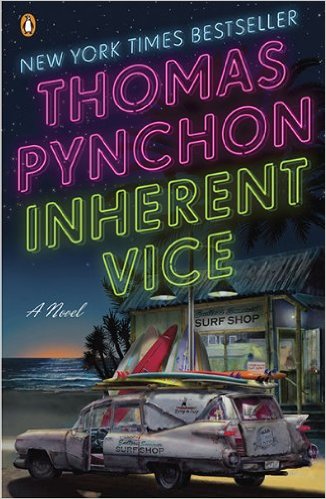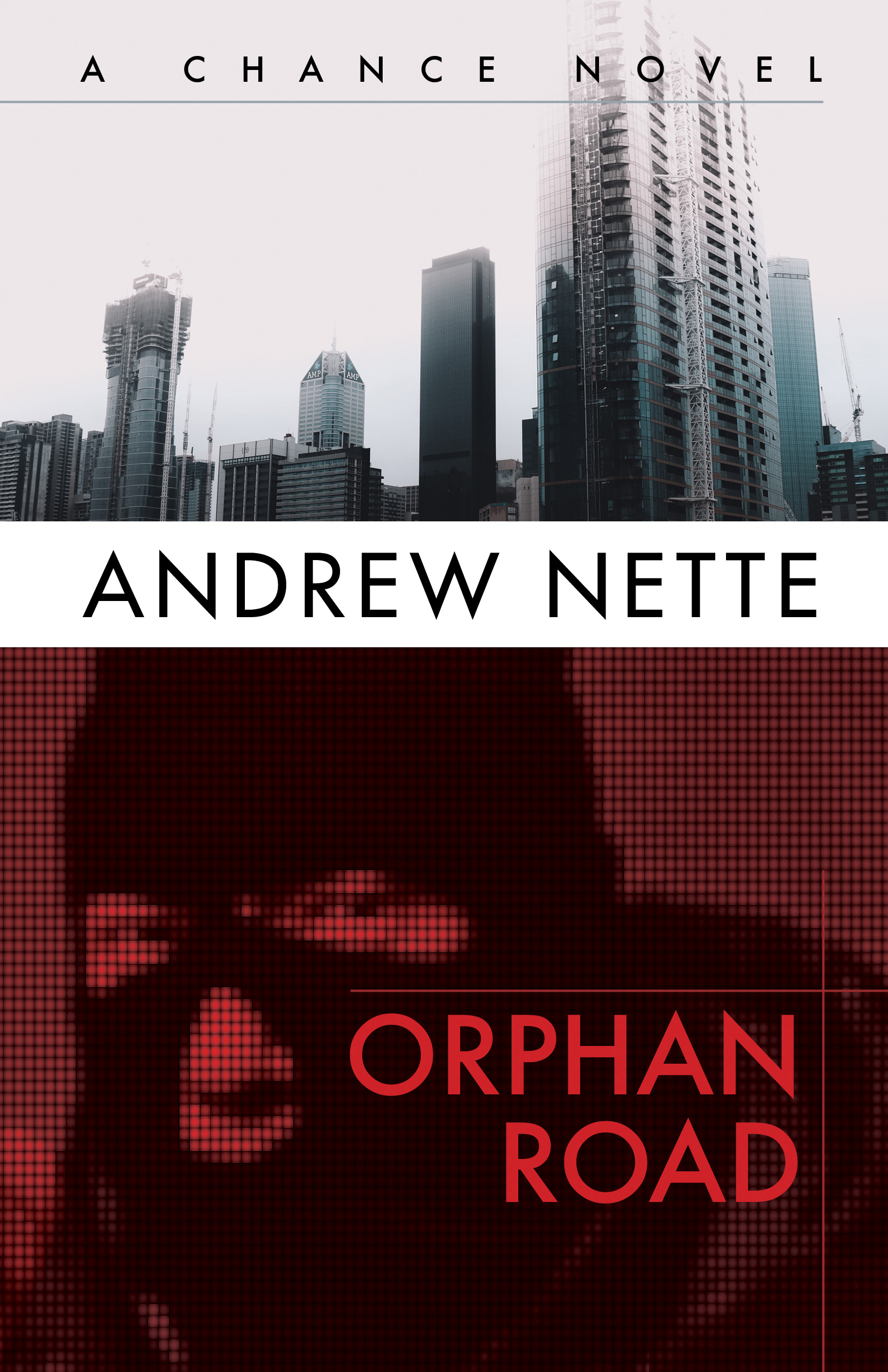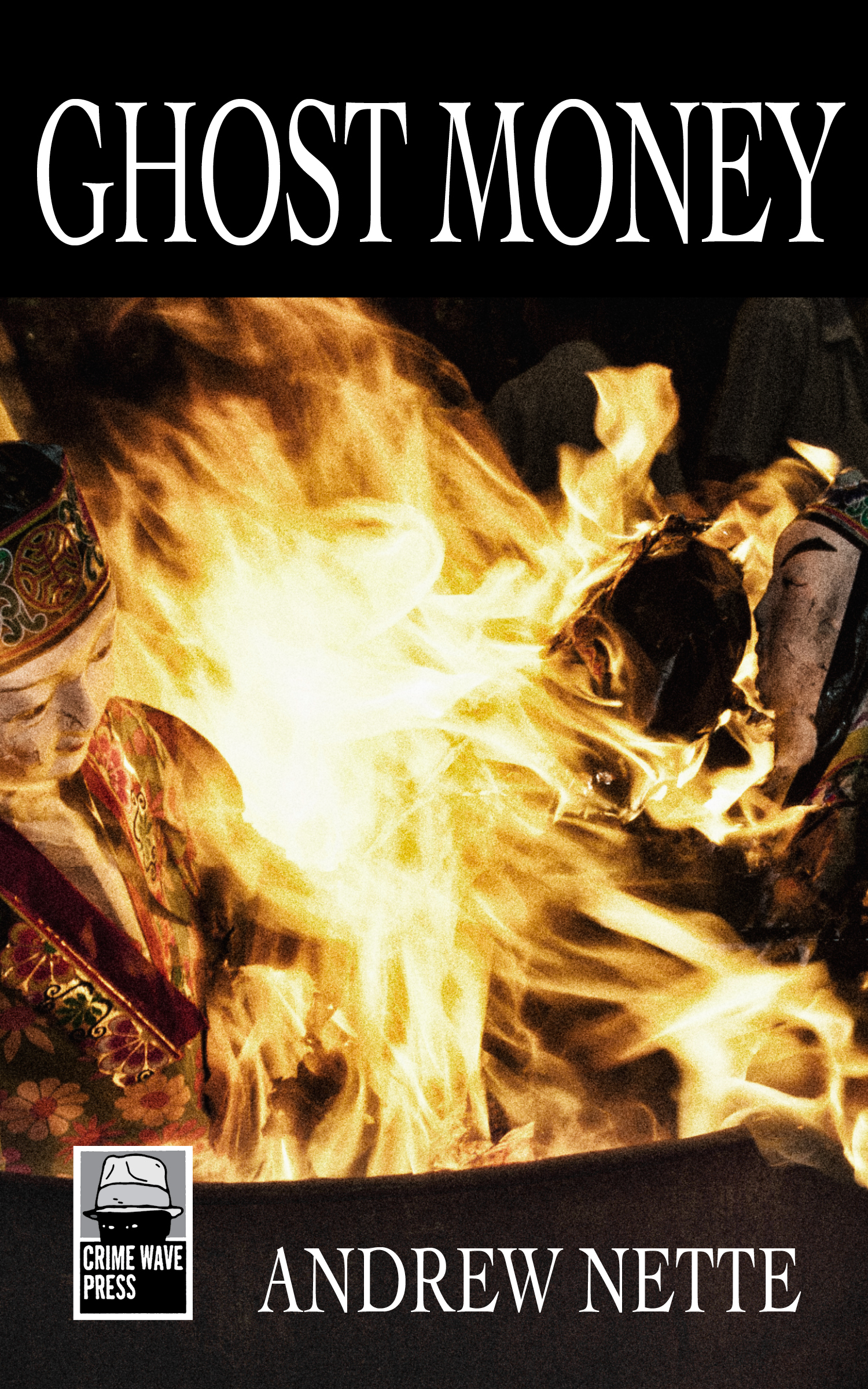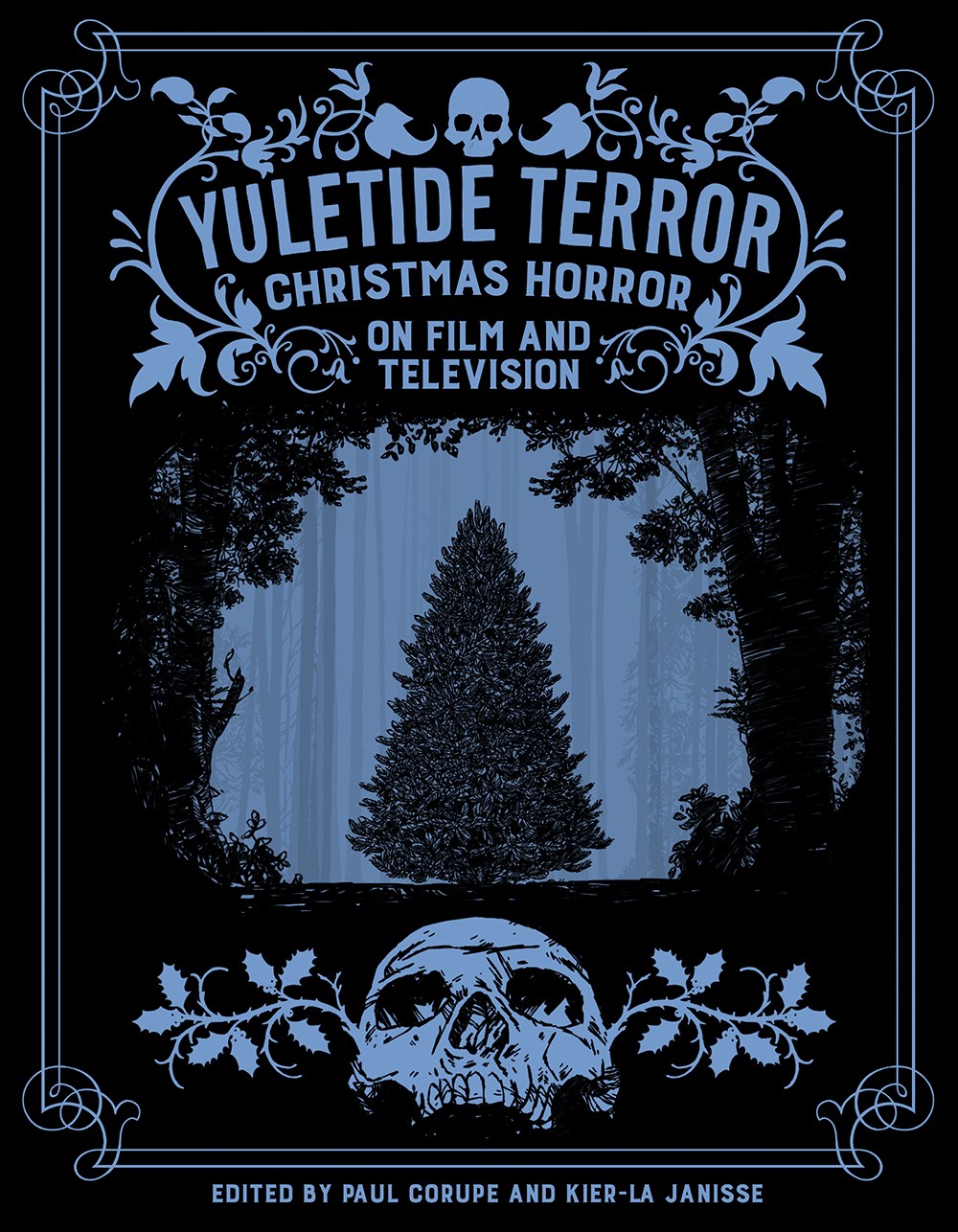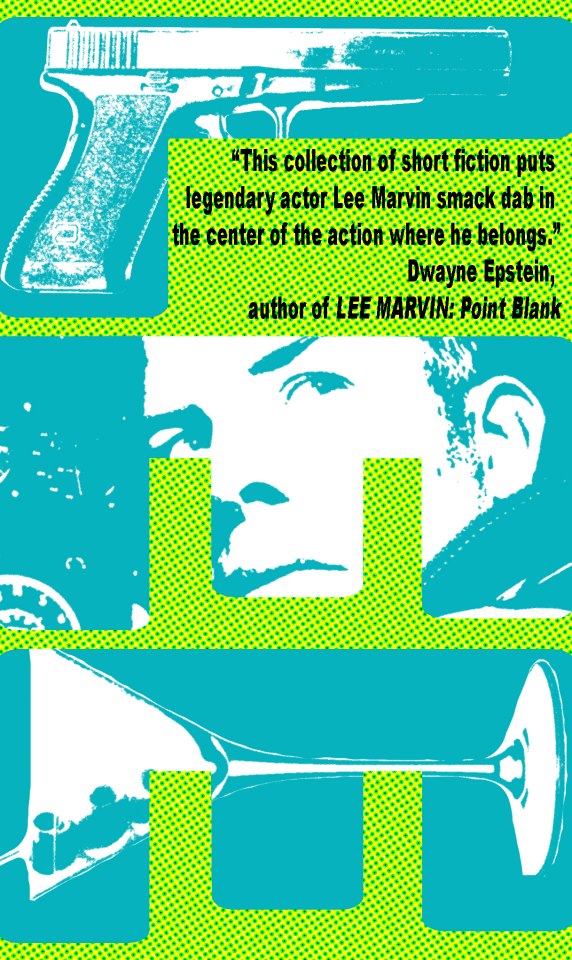 It’s time for my annual top 10 reads for the year. In no particular order they are as follows:
It’s time for my annual top 10 reads for the year. In no particular order they are as follows:
Bad Penny Blues, Cathi Unsworth
Bad Penny Blues kicks off in London in the early 1960s. A young police constable finds the body of a murdered prostitute. His subsequent investigation into the crime and similar murders, spanning the better part of a decade, propels him into the heart of the city’s Soho vice district. Interspersed with this is the story of a young and up and coming fashion designer, Stella, who is plagued by nightmares about dead women.
The fact I found this book a pinch too long didn’t detract from my enjoyment of it. Bad Penny Blues is a solid piece of noir fiction and a great evocation of sixties London, taking in everything from the occult, teddy boys, bent cops, radical bohemians and debauched upper class aristocrats.
 The Tattoo Murder Case, Akimitsu Takagi
The Tattoo Murder Case, Akimitsu Takagi
First published, albeit in a slightly different form, in 1948, a young forensic medical student with post-traumatic stress after a stint as a medic in the Philippines begins a passionate affair with a beautiful woman who is covered with strange, sexually alluring traditional Japanese tattoos. Soon after the affair begins, she is murdered, dismembered and her tattooed torso stolen from the scene of the crime. The suspects include an assortment of unsavoury gangsters, one of whom was in a relationship of sorts with the dead woman, and an aesthete college professor who has a morbid obsession with tattoos.
The Tattoo Murder Case is a traditional whodunit mixed with some very dark, warped, highly sexual themes that feel as though they belong to a book of much more recent vintage. The descriptions of War shattered Tokyo, the bombed out buildings, the shell-shocked population, are particularly fascinating.
 The Secret Speech, Tim Robb Smith
The Secret Speech, Tim Robb Smith
The second book in the trilogy featuring Leo Demidov, a investigator for Moscow’s much-feared Ministry of State Security (MGB). This book sees Demidov moved sideways and heading up a small, highly secretive unit into homicide, a crime supposedly eradicated by socialism but very much a reality. Against the backdrop of the revelations of Nikita Krushchev’s so-called 1956 ‘secret speech’ criticising the excesses of former leader, Joseph Stalin, Demidov is called on to investigate the murder of a senior member of the MGB. The crime, which is linked to the fate of a priest and his wife Demidov arrested and sent to a labour camp years earlier, threatens to tear apart his career and his family.
Smith delivers a fast paced, deeply satisfying read that combines airport book thrills with a sophisticated examination of life in late fifties Soviet Union and the moral culpability born by the functionaries who carried out Stalin’s crimes.
A liberal Vietnam war correspondent, Converse, becomes disillusioned with what he has seen and decides to traffic heroin back to the US. He enlists Hicks, a friend in the merchant marines, to take the drugs back to Converse’s wife, Marge, in Los Angeles, who unbeknownst to both men has developed a series reliance on pharmaceutical substances. Believing he is being followed, Hicks flees with the drugs and Marge. A shadowy government agent called Antheil is indeed pursuing him. Thus begins a cat and mouse chase through the sleazy underbelly of America’s post Summer of Love counter culture.
I re-read this book every few years and each time I am struck by its masterful evocation of the drug soaked paranoia of the era it is set in, as well as its portrayal of the domestic blow back of America’s imperial war in Indochina, part of which Stone covered as a journalist in Saigon.
 Hard rain Falling, Don Carpenter
Hard rain Falling, Don Carpenter
Hard Rain Failing opens in eastern Oregon in 1923, with a liaison between a cowboy and a 16-year-old female runaway. She quickly gets pregnant, is sent to a home for unwed mothers, then goes to live on an Indian reservation, where she eventually commits suicide. The cowboy works as a farmhand, drifts into alcoholism and is eventually killed in an accident. Their abandoned son, Jack, the main character of the story, grows up in an orphanage, but eventually escapes and comes to Portland, where he runs with a loose gang of wild teens, including the de facto leader, Denny Mellon, and a talented black pool hustler, Billy Lancing. After breaking into and vandalizing a home whose occupants are away on vacation, Jack is arrested sent to reform school, starting a life of crime interspersed with stints in jail until a tragic event impacts Jack so profoundly he attempts to go straight.
With a tone and prose style that is unsentimental and matter-of-fact, Hard Rain Falling is one of the most beautifully written books I’ve read this year.
R&R is set in then South Vietnamese port city of Vung Tau in 1966, the early stages of the war in Vietnam and focuses on two military policemen: an American nicknamed ‘Nashville’ and an Australian nicknamed ‘Shorty’. Shorty and Nashville are on the case of a missing American military policeman last seen shooting a headless Vietnamese corpse in a Vung Tau bar. The large cast of supporting characters include Vietnamese bar girls, Shorty’s fiancé, who is an Australian nurse in Vung Tau and a mysterious character called ‘The Mamasan’, who may or may not be a criminal mastermind.
By turns, darkly humorous, absurd and horrific, R&R is crime fiction mixed with elements of Joseph Heller’s Catch 22, Grahame Greene’s The Quite American and Michael Herr’s classic book of war reporting, Dispatches.
 American Pulp: How Paperbacks Brought Modernism to Main Street, Paula Rabinowitz
American Pulp: How Paperbacks Brought Modernism to Main Street, Paula Rabinowitz
A fascinating examination of the secret history of pulp fiction. Rabinowitz’s central thesis is that cheap, mass-produced pulp novels not only provided entertainment and cheap titillating thrills, but also brought modernism to the American people, democratising reading and, in the process, furthering culture and social enlightenment. She also asserts that in a heavily coded way, pulp also helped the American public to discuss and process difficult or taboo social issues such as changing gender roles and race.
A well written, highly original work that is a must read for anyone interested in pulp fiction and the history of the book.
Hades Archer manages a junk and scrap metal business on the outskirts of Sydney. He deals with all kinds of unwanted items including, for a price, the bodies of select members of the city’s criminal fraternity. He lives alone, is good at what he does and feels no need to change until one night events occur that see him adopt two orphaned children. Twenty years later, Sydney homicide detective Frank Bennett is investigating a series of grisly murders committed by a serial killer with a penchant for harvesting organ. Bennett needs help and it comes in the form of his new partner, the beautiful, whip smart Eden Archer. But Eden brings her own share of complications into Bennett’s life as well as some very dark secrets of her own.
Hades was Fox’s debut novel. I am not normally a fan of serial killer stories, but I loved this one. It is very dark and very well written.
 Roadside Picnic, Arkady and Boris Strugatsky
Roadside Picnic, Arkady and Boris Strugatsky
Roadside Picnic was written in 1971, refused publication in the Soviet Union until 1980, and became the inspiration for Andrei Tarkovsky’s 1979 film, Stalker. The book is set in the wake of the visit to earth by unknown extra terrestrial beings. The beings have left various artefacts – strewn like so much garbage – in a number of heavily polluted dangerous zones across the planet. A series of interrelated stories focus on a number of characters involved in one of these, the main one being a ‘stalker’, the nickname given to men who venture into the zones to retrieve alien artefacts to sell on the black market.
This book is a seriously good piece of science fiction, as well as a fascinating comment on the bleak state of late sixties Soviet society.
In a literary career reaching back to the sixties Thomas Pynchon has produced eight books, of which Inherent Vice was published in 2009. Some people think his books are overly dense and complex garbage, others think they are works of genius. I can only speak about Inherent Vice, which I loved. Set in 1970 Los Angeles, the main character, is a hippy private investigator Larry ‘Doc’ Sportello. Sportello is visited by a former girlfriend, Shasta, who wants his to help rescue her real estate mogul boyfriend, currently cooling his heels in a mental institution at the instigation of the mogul’s scheming wife. In the process, Sportello bumps up against bikers, black militants, junkies and a mysterious organisation known as the Golden Fang, while all the time trying to keep one step ahead of his nemesis, a right wing LAPD detective called ‘Bigfoot’ Bjornsen.
A surreal, pitch perfect love letter to hippy culture, real and imagined and seventies LA.




